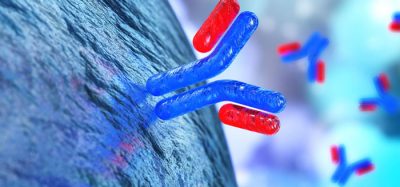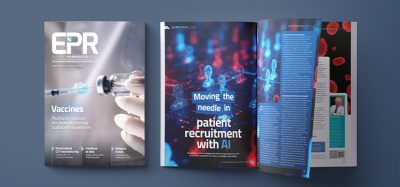Expert view: Automation in endotoxin testing: new applications using recombinant horseshoe crab Factor C (rFC) reagents with robotics
Posted: 18 December 2019 | Hyglos-bioMerieux | No comments yet
Sustainable reagents based on recombinant horseshoe crab Factor C (rFC) provides advances in endotoxin testing.
The use of rFC in lieu of LAL was recently approved by the US Food and Drug Administration (FDA) for release testing of a drug product. rFC is a synthetic copy of the endotoxin sensitive enzyme naturally harboured in the blood of horseshoe crabs, allowing for the production of test reagents without the need to harvest the animals. Here, Gregory Devulder outlines how rFC combined with automation can bring unprecedented reliability of results and improved efficiency.
What are the advantages of rFC?
In addition to eliminating the animal source, rFC tests also provide faster and easier workflows and more robust results. Lot-to-lot consistency, the exclusion of cross-reactivity with ß-glucans and state-of-the-art sensitivity down to 0.001 EU/mL are additional test advantages. Another important gain with rFC is the lowered rate of invalid results. In a recent evaluation study on water for pharmaceutical use, presented by Marine Marius from Sanofi Pasteur, the performance of an rFC test was compared with two LAL tests – kinetic chromogenic and cartridge-based.









